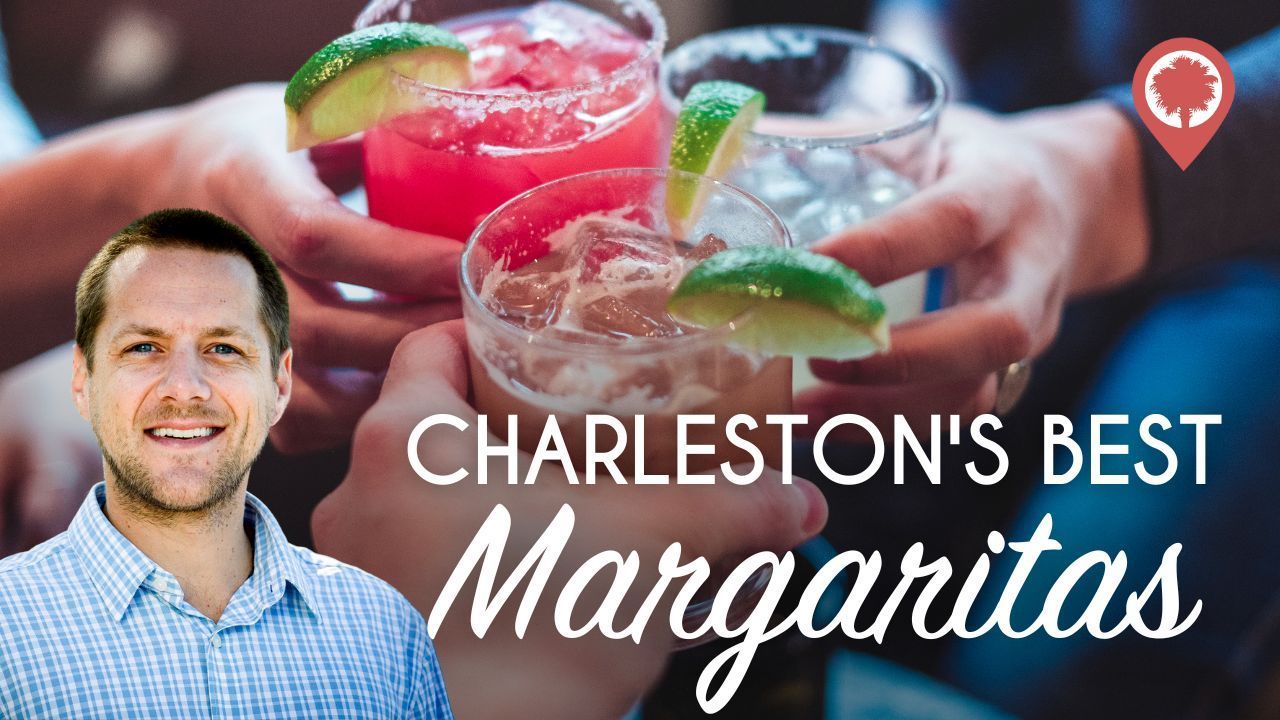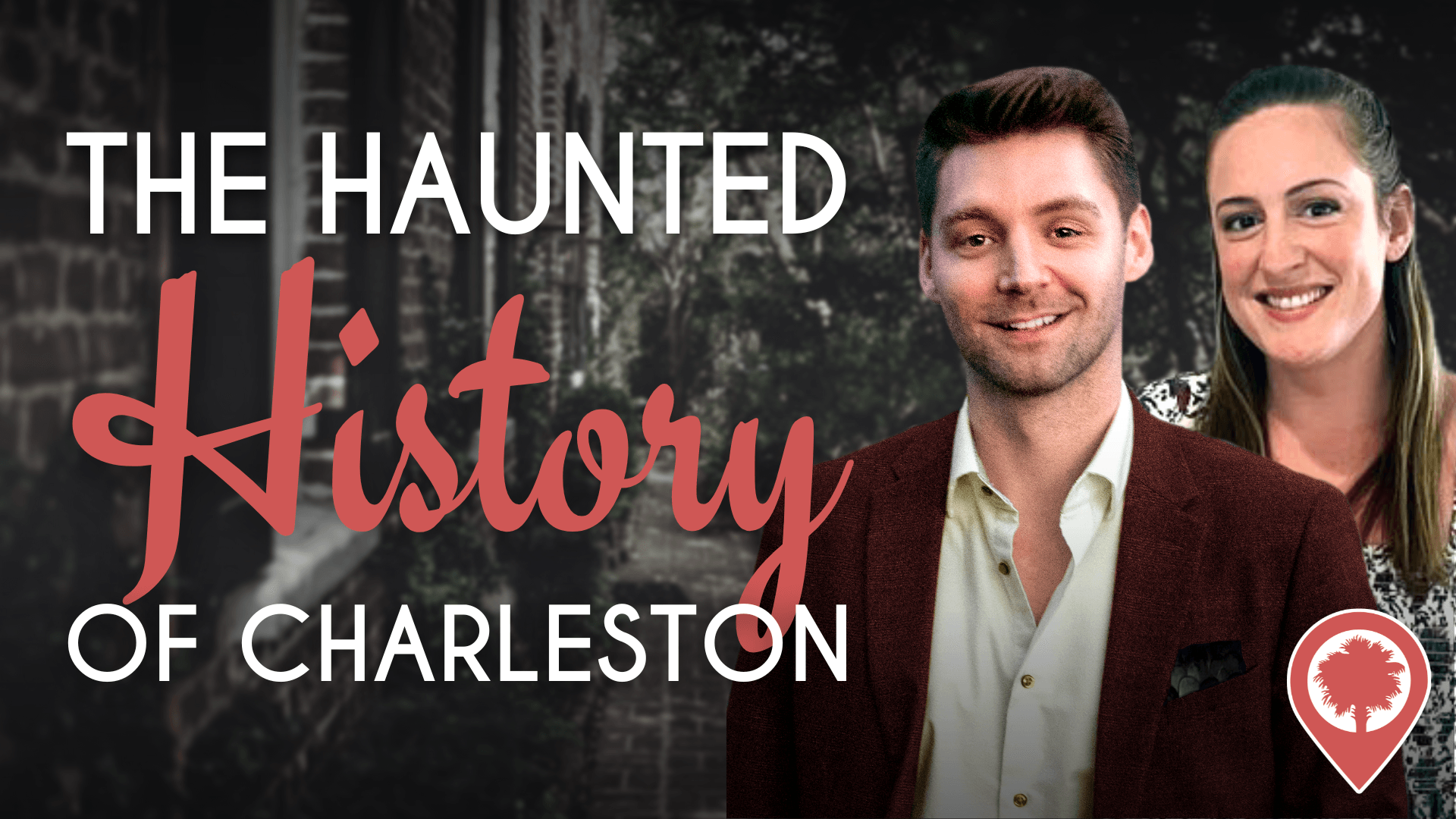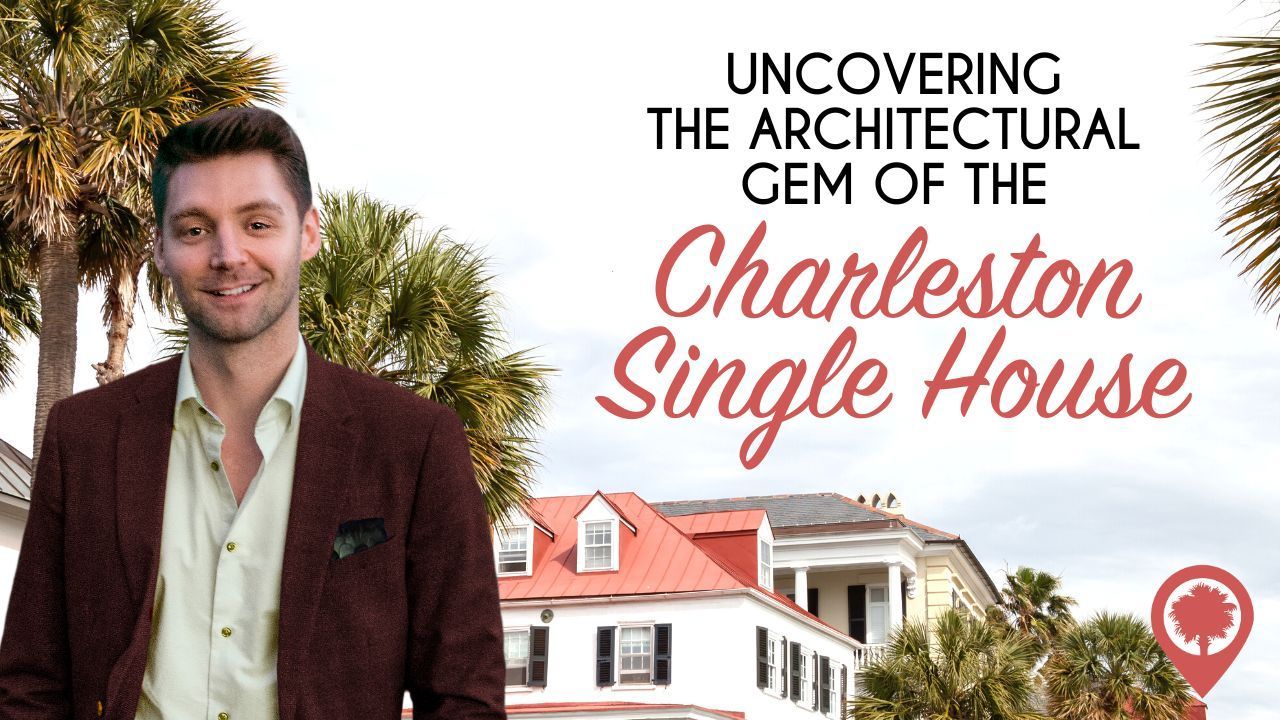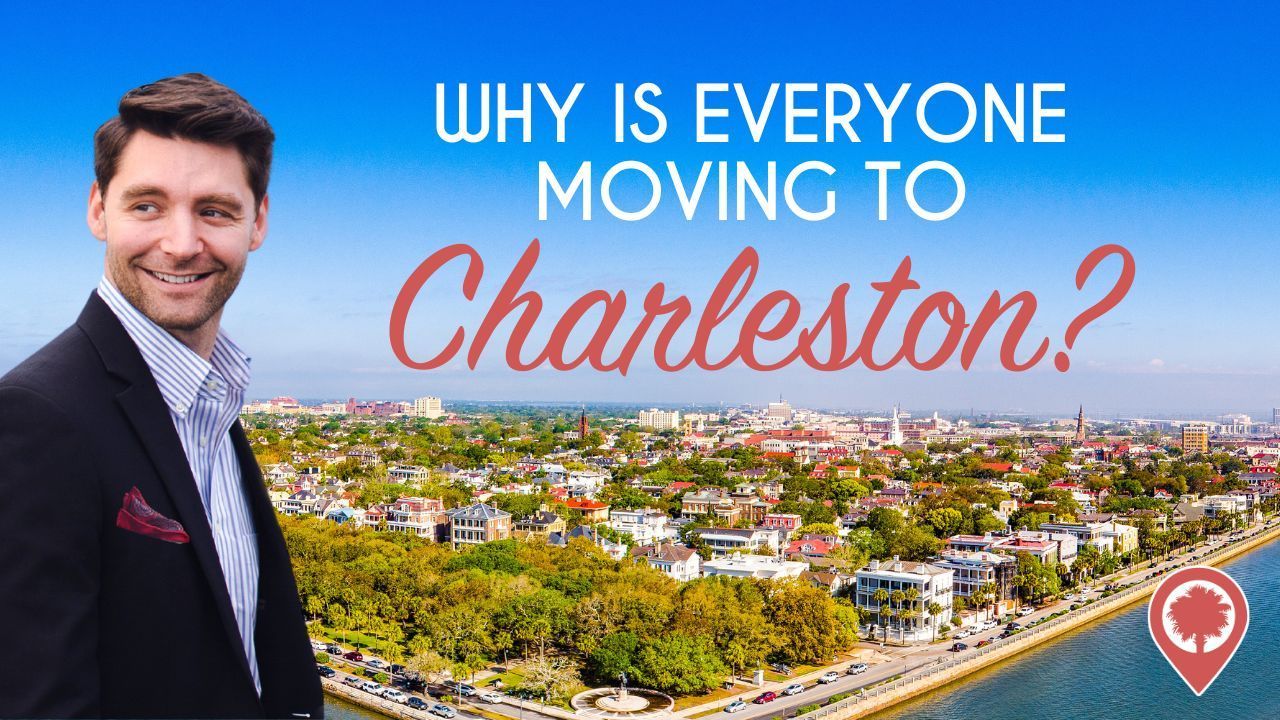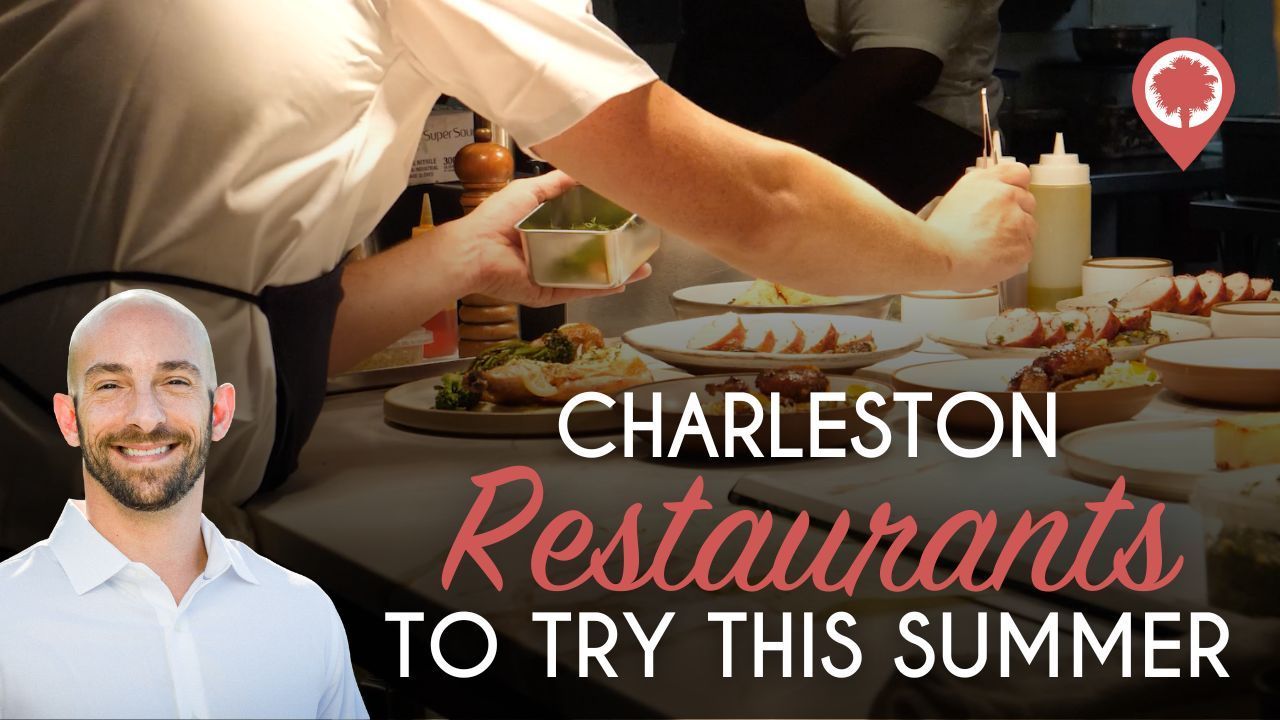The Colors That Paint The Lowcountry
Any first time visitor to our city will instantly feel themselves awash in the uniquely Lowcountry color radiating from Charleston’s buildings. This architectural rainbow is so unique in fact, there is actually a commercially available Charleston color palette.
Charleston’s color and design styles are quite literally bottled up, and used by paint, building and design manufacturers for mass consumption, everywhere …not just in Charleston. These colors run
deep and definitely represent the culture, physical attributes and social scene, specific to lowcountry living.
We’re gonna talk specifics on 5 hues and colorways that truly encapsulate the historical and modern lifestyles of Charleston proper. And in typical Charleston fashion, each color has with their own story and respective contribution to our Holy City.
Haint Blue
If it’s not Haint, it ain’t…
Take any walking tour around downtown Charleston and we can pretty much guarantee
Haint Blue will be a topic of conversation. A lightish, not quite sky and not quite aqua, blue with slight green and white additives that give it its unique composition.
Often seen painted on the ceilings of Charleston’s piazzas, or what you may call front porches, Haint Blue’s origin stems from the Gullah Geechee, an African American ethnic group who’s customs are synonymous and integral to the Lowcountry lifestyle.
Historically, Haint Blue was painted on the exterior of Gullah homes, to keep out evil haunts, or haints in Gullah. In Gullah belief systems, the blue mimics the color of the sky or water, thus confusing would be interloping spirits from entering the home, a bit of after-life vertigo.
But in fact, there may actually be some non-pseudo scientific basis to this ghastly deterrent.
Haint Blue has some inherent insect repellent mixed right in. Because blue is on the opposite end of the color spectrum than the warmer reddish tones that attract insects, specifically disease carrying mosquitoes, these pests would be less attracted to houses painted with Haint Blue.
This also had to do with the chemical make-up of how paint was made back in the day. Haint Blue’s lighter, water-esque like color comes from adding some green to the mix. Historically, creating green paint often meant using lime extract. Lime and other citrus flavors are a natural insect repellent, still very much in vogue. Think citronella candles, and those tangy smelling bug sprays we use today!
Seeing as mosquito borne diseases were such an issue for early residents of the city of Charleston, maybe the line between sickness spreading mosquitos and malevolent spirits was rightfully blurred? Either way, to many people, if the Lowcountry was a color, it would definitely be Haint Blue.
Charleston Green
It may shock many to find out Haint AIN’T the ACTUAL official color of Charleston. That actually goes to a color that may not seem like a color at all, but a slightly faded black:
Charleston Green.
Charleston Green is a very, VERY dark, green, often seen painted on doors, shutters, or as an exterior accent.
The origins of Charleston Green is attributed to the reconstruction period after the Civil War. As part of the city’s reconstruction efforts, the federal government supplied area builders black paint, as it was the cheapest paint to produce. In true Charlestonian fashion, residents put their own spin on things, and often mixed yellow or greenish pigments into the black paint, along the way developing Charleston’s eponymous shade of green.
Today, this color is seen all over Charleston and often used in lieu of the blacks, specific to the Carolina black and white design style we often see throughout the Southeastern United States.
WATCH THE LIVELY CHARLESTON EPISODE ON LOWCOUNTRY COLORS!
Verdigris Green
Between hints of Haint Blue and the near black of Charleston Green, sits Verdigris.
And to confuse the whole
official color debate even more, from all of our time walking around and taking in the architectural wonders of Charleston, when talking about mere quantity, Verdigris Green might
REALLY be the official color of Charleston.
Today, Verdigris Green is a purposely sought after design and colorway. However, it didn’t start that way.
If you are thinking that Verdigris green looks a lot like New York’s Statue of Liberty, then you would definitely be onto something. And as some of you may have heard, the Statue of Liberty was not originally green but Cooper, and that’s exactly how Charleston’ Verdigris Green came to be as well.
Many paints prior and up to the 20th century contained copper as a sought after paint texture and it was mixed into right into pigment. As the copper infused paint oxidized over time, it turned green. Something that was not initially intended.
Today, in many places, like the Statue of Liberty, this is an unwanted byproduct we have come to accept in almost an antique like reverence. Charlestonians, however, have truly leaned into this unique, greenish shade and it is now a sought after banner color for many plans and designs.
In terms of shades, pantones or Hex codes, Verdigris Green can be a bit harder to nail down, but generally speaking, it’s slightly tealish, much heavier on the green than blue, and almost acts as a visual testament to Charleston’s coastal and Caribbean infused style.
Bermuda Pink
Speaking of Charleston’s Caribbean roots, Bermuda, or Creole, Pink is another common color seen on Charleston homes and buildings. According to Benjamin Moore, Bermuda Pink is a "washed out shade that still contains a hint of pink."
Famously seen on Rainbow Row or
The Pink House,
one of Charleston's oldest buildings, one could definitely make a case for Bermuda Pink to be the official color of Charleston too. I think we may have a true color scandal on our hands.
Unlike the others we’ve mentioned so far, Bermuda Pink is not generally used as an accent color, but often as a base color for an entire building.
Charleston, and the Lowcountry as a whole, does not contain rocks with limestone, the precursor to concrete. By importing Bermuda stone from the Caribbean, brick building materials could be made easily, especially with the support of the criminally free labor of Charleston’s historically large slave population.
Bermuda Stone is naturally very light in color, thus allowing such light hues, like Bermuda Pink, to maintain it’s longevity. Today, this material is not sourced, so many of the buildings have been that color, or maintained with that color, for a very long time.
Sang De Boef
Sang De Boef, french for Oxblood for you non francophiles, is a seemingly direct contrast to our previous 4 colors. A deep, burgundy-like red to brown shade that is seen as both a base color and accent color on doors, window shutters and roofs all over Charleston.
Many Italianate or terra-cotta styles will use this, or a gradient version of this color, as an intentional design giving it an intentional washed out or weathered look.
Evoking a combined Mediterranean and colonial essence, that also checks some historically French architectural guidelines, Sang De Boef is a melting pot of style fit for Charleston.
Stories have been passed down that the original paints and pigments actually contained cow or ox blood to give it its deep red tone. That hasn’t been confirmed but there is no doubt the color is definitely accurate for the common name.
Sang De Boef has definitely seen a modern revival. Its flexibility to work within many architectural designs as well as its neutrality and matching abilities with some of Charleston’s brighter color palates make it a very common base color seen around the holy city.
The colorful city of Charleston can’t be broadstroked into just 5 colors but there's definitely a historical pathway when it comes to determining Charleston’s architectural rainbow, how it came to be and how ir inspired architecture around the world.
Interested in buying a home in the Charleston area?
Want all the latest news and events delivered to your inbox?
